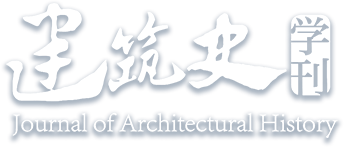Abstract:
This paper enhances the previous interpretation of the
Huangcheng gongdian yashu tu (Map of Government Offices in the Imperial Palace) from the Kangxi Period by incorporating previously overlooked historical materials. It analyzes and synthesizes the documentary and realistic features depicted in this map, offering significant examples to support its findings. The paper further posits that the map was created in November of the eighth year of Kangxi’s reign. Additionally, the paper delves into the map’s frequent utilization over the following century, which contributed to its gradual wear and tear. It conducts a comprehensive comparison between this map and the
Jingcheng quantu (Complete Map of Peking) from the fifteenth year of Qianlong’s reign, alongside pertinent literature, to provide an in-depth analysis. It illuminates the enduring value of the Kangxi Period map as the earliest royal manual delineating the architectural layout of ancient Beijing’s imperial city.


 下载:
下载: